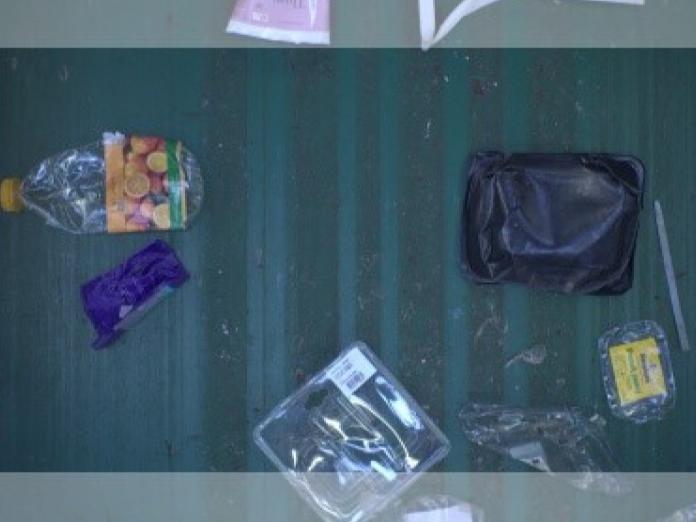New Sorting Robot at Copenhagen's Test Sorting Facility

The NIR-technology commonly used at sorting facilities both inside and outside of the EU has certain limitations when it comes to waste sorting. As an example, the technology is not able to distinguish between food- and non-food packaging. Another example is that it is not possible to distinguish between personal care and hygiene products and other products. The limitations in the accuracy of sorting ultimately results in secondary raw materials of lower value and with fewer possible applications.
One way to change this is by developing technology, which enables sorting of the waste stream based on individual products or product types rather than materials. Rather than sorting any and all PET-packaging items, this would allow for sorting of e.g. a specific PET food grade bottle - a small distinction which would have an enormous impact on the value and the possible applications of the resulting secondary raw material.
A partnership between the City of Copenhagen and the company IHP Systems has explored the possibility of using image recognition algorithms coupled with modern robotics to achieve a much more accurate waste sorting. The partnership has resulted in the implementation of a new sorting robot at Copenhagen's test sorting facility. The robot is able to sort carbon black plastic food trays for recycling at a high speed using a FlexPicker robot. The developed software model has a 95.5 % precision as well as an 81.7 % recall on black trays in general. The system is also capable of distinguishing between two different types of black trays.
Read the final report from the project (in Danish, page 21 for English summary)